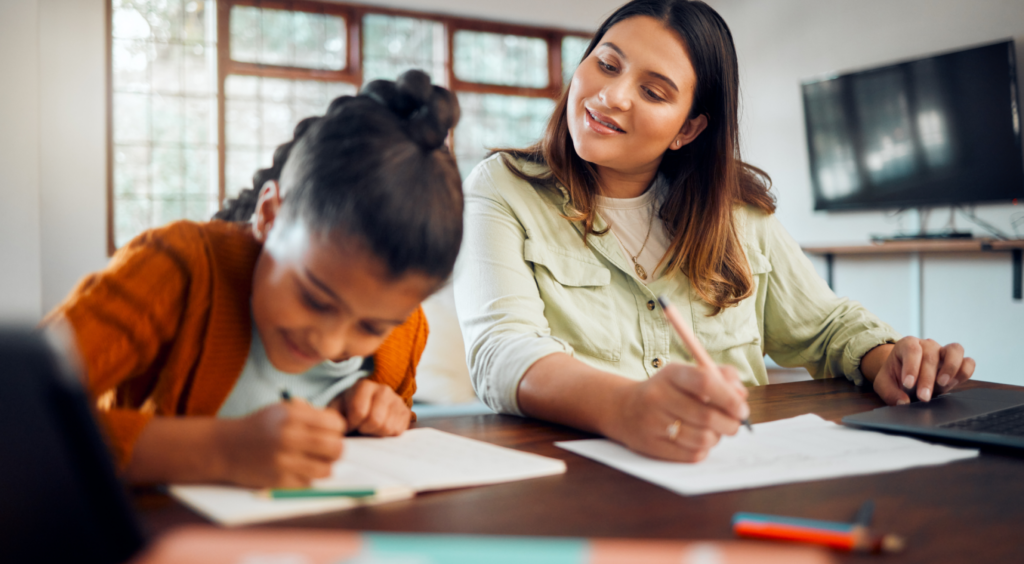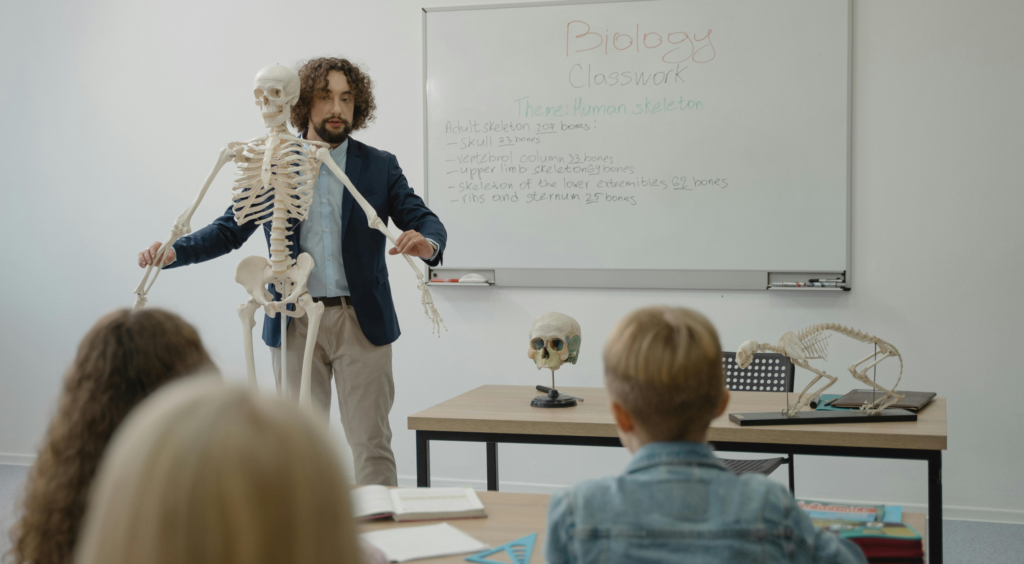Did you know your students learn far beyond the content you explain? Yes, they learn a lot just by watching how you behave, how you resolve conflicts, or how you explain a topic. This is the foundation of observational learning, which suggests that a long explanation is not always necessary: sometimes, simply watching, imitating, and reflecting is enough for students to internalize key learning.
In this post, we’ll explain what observational learning is, what its benefits are, and how to put it into practice in the classroom with concrete examples. You’ll definitely leave with plenty of ideas to apply right away.
And if you’re curious to learn about more types of learning, check out this post on receptive learning or this one on meaningful learning.
What is observational learning?
Observational learning is closely related to the social learning theory developed by psychologist Albert Bandura. According to Bandura, people acquire new knowledge and skills through observation and interaction with others in their environment.
Therefore, observational learning is a form of learning that is based on watching other people and replicating their behaviors, attitudes, or skills.
Although we don’t only learn in school environments (family or professional settings are also sources of observational learning), we do see it happening constantly. Students pay attention to how teachers teach, how they manage the classroom, how they react to different situations… and they learn a lot from it, even shaping the way they act and behave afterward.
Benefits of observational learning
When used correctly, observational learning can be a very powerful educational tool, as it can significantly influence students’ knowledge retention. Do you know the benefits of introducing this type of learning in the classroom?
- Helps develop social and emotional skills: Through interaction with others, students understand social norms, learn to empathize, and gain experience in conflict resolution. This improves their relationship with the environment.
- Strengthens learning in real-life situations: Since it involves authentic situations, students learn more deeply, gaining knowledge they can later apply in similar real contexts.
- Facilitates learning of complex topics: By being exposed to the different steps involved in solving problems or situations, understanding and retention are improved.
The classroom is one of the places where observational learning is most enhanced. The teacher becomes a model and reference for the students, meaning educators hold a lot of responsibility. That’s why it’s essential to:
- Be mindful of your reactions and gestures.
- Understand that students are observing how you communicate or solve problems.
- Be aware that there needs to be coherence between what you say and what you do.
How to apply observational learning in class: practical strategies
At this point, you might be wondering, how can I really apply this in my classes? It’s not just about having exemplary behavior; you can also use other strategies based on the same principles of observational learning. Let’s take a look:
- Model the behavior: In other words, be the person who shows them how to do something, whether it’s a specific task, an oral presentation, etc. For example, if you show them how to complete a math or language exercise, they will see the process and apply that same model to other exercises. Watching something live is much more effective than just hearing how it should be done.
- Cooperative learning: While this is a different type of learning, doing pair or group work encourages peer-to-peer learning. If a student is more skilled at something, they can serve as a model for others.
- Immediate and constructive feedback: If your students behave positively or complete a task successfully, give them feedback right away, as this will reinforce the behavior and help them replicate it in the future.
Best practices for assessing this type of learning
If you’re motivated to apply observational learning in the classroom, Additio App offers useful tools to help you assess the different initiatives.
- Self-assessments and peer assessments: When students assess themselves or their peers, observational learning is promoted. Self and peer assessments are great for evaluating activities like oral presentations or debates and help enhance critical thinking skills.
- Qualitative assessment: Sometimes, you’ll need to write down your observations about students’ behaviors or how well they reproduced specific actions. For this, you can use Additio App’s text-based grade types to document everything you need.
- Observation checklists or rubrics: These are extremely useful for quickly and easily evaluating observed behaviors in practical tasks. You may find many examples in our free resource library (Additiopedia).
- Class journals: You can also encourage students to keep a journal of what they learned in class and reflect on it.
Did you know about this type of learning?
Observational learning reminds us that teaching is not just about delivering content—it’s also about leading by example. Every day, each gesture and behavior can be a learning opportunity for your students.
Have you ever applied it? Join the conversation on our social media: Facebook, Twitter, Instagram and Youtube.
Remember, with Additio App, you can conduct competency-based assessments that put students at the center of the learning process, keeping them informed about their progress and helping them identify areas for improvement and strengths.
More than 150 features are here to support your teaching and student learning. Sign up and boost your teaching!
Ciao!





